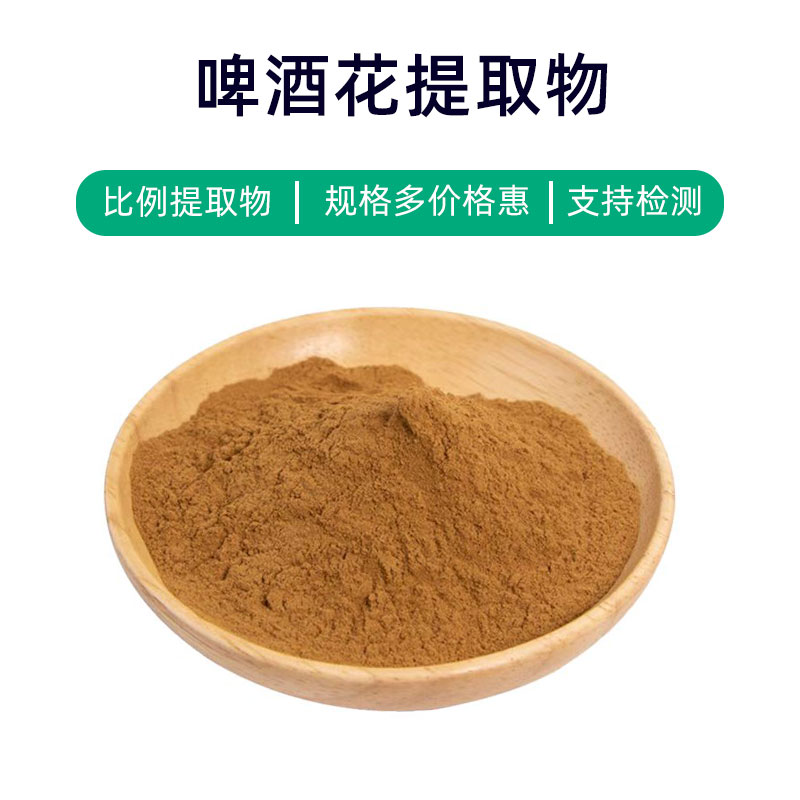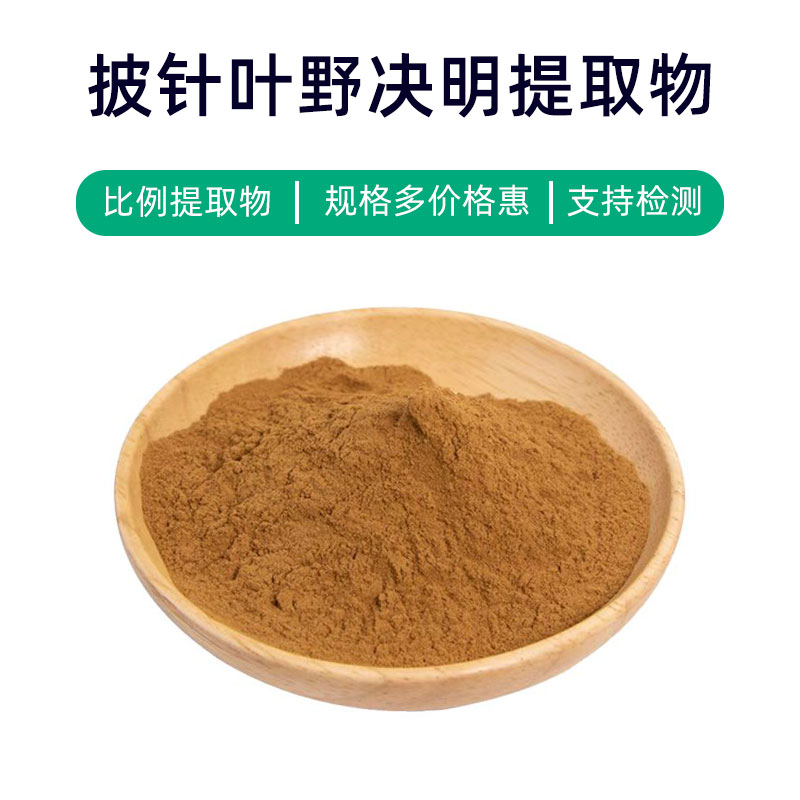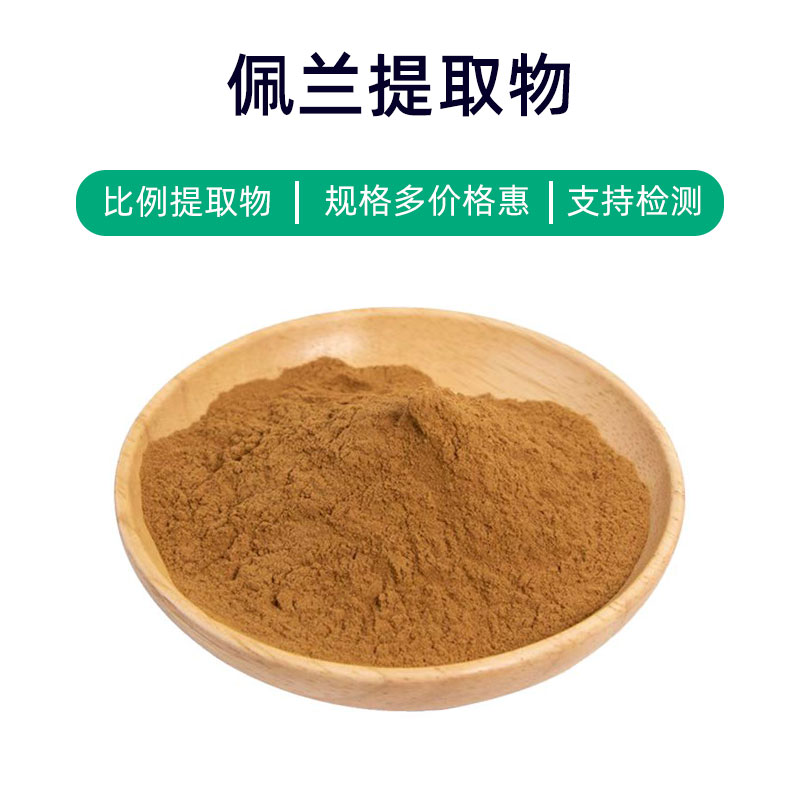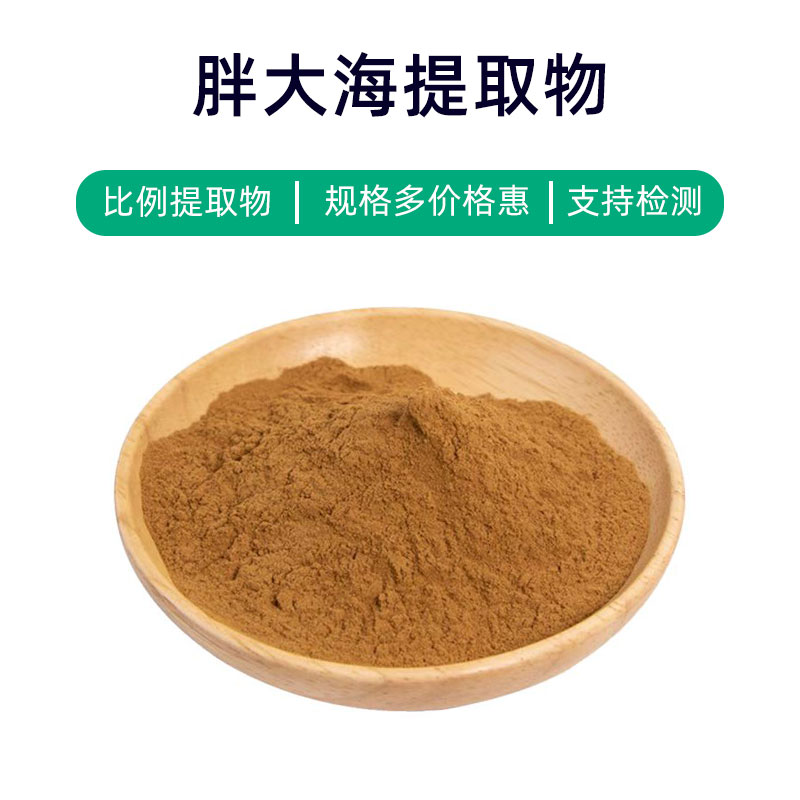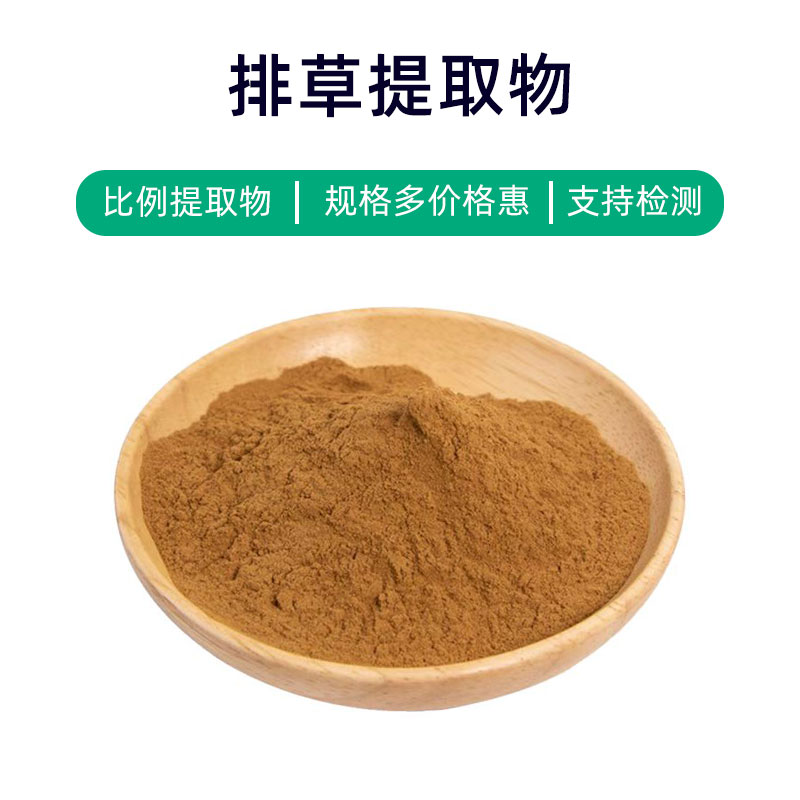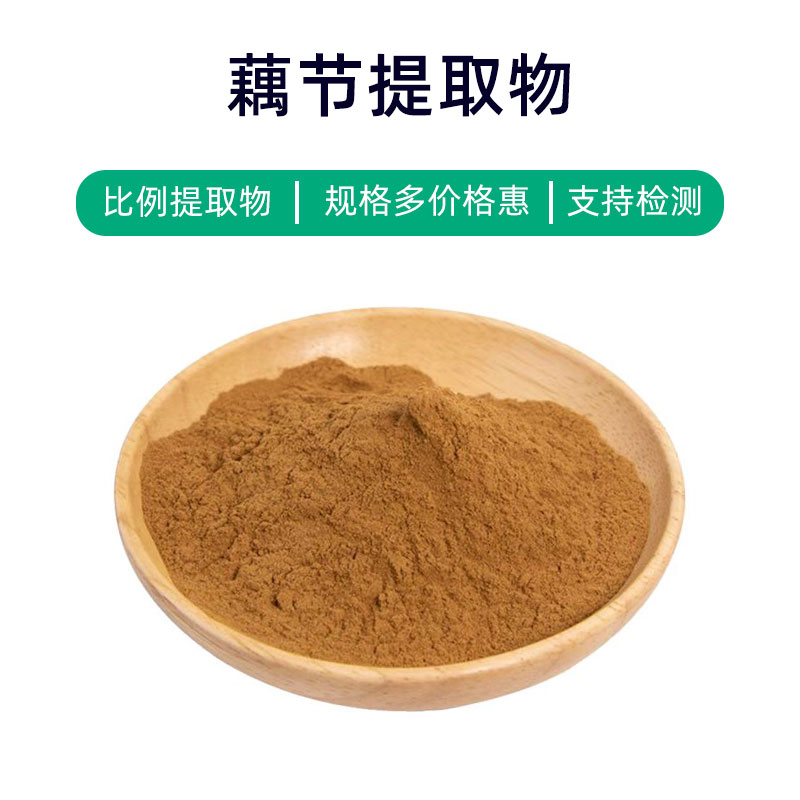Introduction to Citrus Red Extract
Citrus Red Extract is a natural coloring agent and antioxidant derived from the peels of citrus fruits. Its main components include flavonoids like hesperidin and narirutin, which possess strong antioxidant properties that help protect cells from damage caused by free radicals and delay the aging process.
This extract is widely utilized in various industries, including food, beverages, health supplements, and cosmetics. In food and beverages, Citrus Red Extract is often used as a natural colorant to enhance the visual appeal of products, giving them an orange-red appearance. Additionally, its antioxidant properties make it an ideal choice for extending the shelf life of food products. In the realm of health supplements, Citrus Red Extract is commonly added to vitamins and nutritional products to boost their antioxidant effects, aiding in overall health. Furthermore, this extract is also prevalent in cosmetics as an antioxidant ingredient, helping protect the skin from environmental pollutants and daily stressors, keeping it youthful and smooth.
Overall, Citrus Red Extract serves not only as an aesthetically pleasing colorant but also enhances the health benefits of products, making it a favored ingredient in the food, health supplement, and cosmetic industries.
Production Process of Citrus Red Extract
The production process for Citrus Red Extract typically includes the following steps:
- Raw Material Preparation: Select fresh citrus fruits like oranges and lemons, wash and chop the peels to fully release active components during the extraction process.
- Extraction Process: Soak the chopped citrus peels in a solvent (commonly ethanol or acetone) to dissolve the active components into the solvent. The extraction may involve multiple soaking sessions or heated extraction methods to enhance efficiency.
- Filtration and Concentration: Filter the extract to remove solid impurities, obtaining a Citrus Red Extract solution. Subsequently, employ concentration techniques (such as evaporation or vacuum concentration) to remove the solvent and yield the concentrated Citrus Red Extract.
- Refining and Purification: Refine the concentrated Citrus Red Extract using methods like resin adsorption and gel filtration to remove impurities and color precipitates, thus improving the product's purity and quality.
- Drying and Milling: Dry the refined Citrus Red Extract solution to eliminate residual moisture, then mill the dried product into a powdered form.
- Packaging and Storage: Finally, package the Citrus Red Extract powder in sealed containers and store it in a dry, cool, and dark environment to maintain its stability and active components.
Following these steps, high-quality and pure Citrus Red Extract can be produced for applications in food, health supplements, and cosmetics.
Effects and Side Effects of Citrus Red Extract
Citrus Red Extract is a natural plant extract sourced from citrus fruit peels, rich in bioactive components with various benefits. The main effects of Citrus Red Extract include:
- Antioxidant Effect: It is abundant in natural antioxidants like flavonoids and vitamin C, which help eliminate free radicals, delay cell aging, and protect against oxidative damage.
- Anti-inflammatory Effect: Some components within Citrus Red Extract possess anti-inflammatory properties, alleviating inflammatory responses, pain, and swelling, and providing auxiliary treatment for ailments like arthritis and dermatitis.
- Digestive Support: Certain elements in the extract can promote digestive secretion and enhance gastrointestinal motility, aiding in food digestion and alleviating symptoms of indigestion and bloating.
- Improving Blood Circulation: The extract contains rich vitamin C and flavonoids, supporting blood circulation, reducing blood viscosity, preventing thrombosis, and protecting cardiovascular health.
- Antimicrobial Action: Certain components exhibit antibacterial and antiviral properties, inhibiting the growth of bacteria and viruses, thus helping to prevent infectious diseases.
- Liver Protection: Some active components provide liver protection, reducing liver damage, promoting hepatocyte regeneration, and offering supportive treatment for liver conditions such as hepatitis and fatty liver.
- Beauty and Skin Care: The antioxidant properties in the extract protect the skin from free radical damage, slow down aging, reduce blemishes, and enhance skin elasticity, promoting a youthful and healthy appearance.
- Anti-allergy Effect: Some components have anti-allergic properties, alleviating allergic reactions and symptoms of allergic diseases such as allergic rhinitis and skin allergies.
Citrus Red Extract is generally safe for individuals of all ages, but attention to individual differences and potential allergic reactions is important. It is recommended to consult with a healthcare provider or professional before use, following appropriate dosage and methods to ensure safety and efficacy.
Application Scenarios and Dosage of Citrus Red Extract
Citrus Red Extract, rich in bioactive components, is widely used in the pharmaceutical, food, and cosmetic fields. Here are the application scenarios and recommended dosages for Citrus Red Extract:
- Pharmaceutical Field:
- Application Scenario: Used in pharmaceuticals to prepare medications or health supplements for treating or preventing various diseases.
- Recommended Dosage: Typically used as an ingredient in drugs or supplements, specific dosages depend on the formulation and prescribed dosage from healthcare professionals.
- Food Industry:
- Application Scenario: Used as a food additive to enhance nutritional value and functionality.
- Recommended Dosage: Use according to food additive regulations, usually requiring formulation design and experimental validation to ensure safe usage.
- Cosmetics Industry:
- Application Scenario: Commonly included in cosmetics for its antioxidant, whitening, and moisturizing properties, suitable for skincare and makeup products.
- Recommended Dosage: Based on cosmetic formulations, typically added as an active ingredient at 0.1% to 5%, with specific amounts based on product properties and intended effects.
- Other Applications:
- Citrus Red Extract can also be used in the preparation of health products, oral care items, and hair care products, providing various health and beauty benefits.
When using Citrus Red Extract, it is important to note the following:
- Choose a reputable supplier to ensure quality and safety of the extract.
- Determine appropriate dosages and methods based on product use and formulation.
- Discontinue use and seek medical attention if any discomfort or allergic reactions occur.
- For long-term or excessive use, regular consultation with healthcare providers is advisable to ensure safe and effective use.
In summary, as a natural plant extract, Citrus Red Extract holds significant promise in medical, food, and cosmetic applications, but care in determining usage and dosages is essential for safety and effectiveness.
Overview of the Source Plant for Citrus Red Extract: Distribution and Growing Conditions
The source plant for Citrus Red Extract refers to the crop known as safflower (scientific name: Safflower), which belongs to the Asteraceae family and is known as a common medicinal and edible plant. Below is an introduction to the plant's features, distribution, and growing conditions:
1. Plant Characteristics:
Safflower is a annual or perennial herb, with upright stems that can grow up to 3-5 feet tall. The leaves are linear-lanceolate or lanceolate with serrated edges and exhibit white, hair-like structures. The flowers are yellow or red, formed in capitula, with yellow centers surrounded by red outer petals, and have strap-like petals. The fruit is a thin-walled achene, and the seeds are red, covered with yellow or white silky hairs.
2. Distribution:
Safflower is native to regions around the Mediterranean, including countries like Spain and Italy. It has been introduced worldwide, including Asia, Africa, and the Americas. In China, safflower is widely distributed in Jiangsu, Henan, Hebei, Shandong, as well as in highland regions such as Tibet and Xinjiang.
3. Growing Conditions:
Safflower thrives in warm, moist climates and has strong adaptability, being drought-resistant but also capable of surviving colder temperatures. It typically grows in well-drained soils with ample sunshine and is not strictly limited by soil types. It can tolerate certain acidic or alkaline conditions. It can grow in mountain or plain areas at altitudes of 3,280 to 6,561 feet, though it favors warm, humid climates.
Overall, as an important medicinal and edible plant, safflower has a wide distribution and adaptability in growth conditions. Its seeds contain rich plant oils and have various medicinal values, which leads to widespread cultivation and utilization.
Processing and Storage of Citrus Red Extract
Processing of Citrus Red Extract primarily involves the following steps: First, harvest fully matured citrus flowers; then, air dry or dehydrate the flowers until they reach a suitable moisture level; next, use appropriate extraction methods, such as solvent extraction or supercritical fluid extraction, to extract the effective components from the safflower; finally, through filtering, concentrating, and drying steps, the Citrus Red Extract is obtained.
For storage, Citrus Red Extract should be stored in a cool, dry, well-ventilated area, protecting it from direct sunlight and high temperatures. It is advisable to use sealed containers to prevent moisture and dust intrusion. Additionally, avoid contact with harmful chemicals to ensure product quality and stability.
Monica Sun is a seasoned expert in the plant extraction industry with over a decade of experience in research and production. She specializes in the extraction and purification of plant active ingredients, focusing on driving innovation in natural product applications. Monica has participated in the development of multiple functional plant extracts, delivering high-value natural raw material solutions for the health food, pharmaceutical, and dietary supplement sectors.









